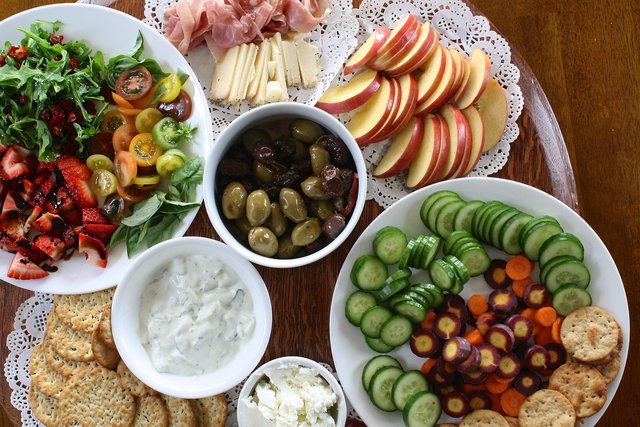Building a Healthy and Balanced Diet

Prioritize vegetables and fruits, making them the bulk of your meals – aim for half of your plate to be filled with these colorful and varied options. Keep in mind that potatoes should not be considered vegetables on the Healthy Eating Plate due to their adverse effects on blood sugar levels.
Incorporate whole grains into your diet, constituting a quarter of your plate. Opt for whole and intact grains like whole wheat, barley, quinoa, oats, brown rice, and products made from them such as whole wheat pasta. These choices have a gentler impact on blood sugar and insulin compared to refined grains like white bread and rice.
Allocate another quarter of your plate to protein sources such as fish, poultry, beans, and nuts. These are nutritious and adaptable options that can be included in salads or paired with vegetables. Limit the intake of red meat and steer clear of processed meats like bacon and sausage.
Include healthy plant oils in moderation. Choose oils such as olive, canola, soy, corn, sunflower, and peanut while avoiding partially hydrogenated oils that contain harmful trans fats. Remember, opting for low-fat products does not necessarily equate to healthy choices.
Hydrate yourself with water, coffee, or tea, while avoiding sugary drinks. Limit consumption of milk and dairy products to one or two servings per day, and restrict juice intake to a small glass daily.
The primary message conveyed by the Healthy Eating Plate underscores the significance of diet quality:
Emphasizing the type of carbohydrates over their quantity is pivotal, as certain sources like vegetables (excluding potatoes), fruits, whole grains, and legumes are deemed healthier than others.
Furthermore, the Healthy Eating Plate advocates against the consumption of sugary beverages, which often contribute significant calories with minimal nutritional benefits in the typical American diet.
Promoting the use of healthy oils, the Healthy Eating Plate does not impose a specific limit on the proportion of daily calories derived from beneficial fats. This stance contrasts with the long-standing low-fat recommendation advocated by the USDA over decades.